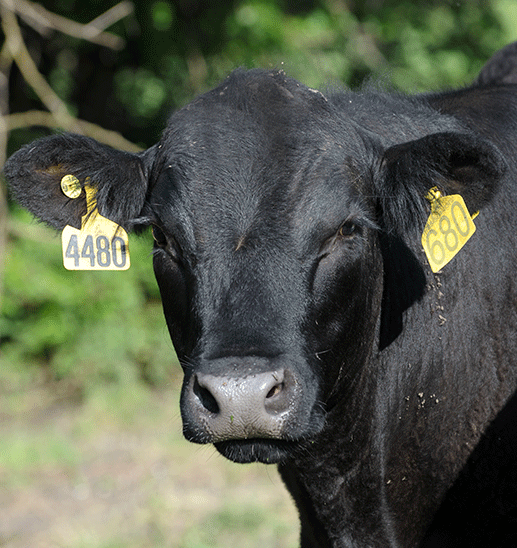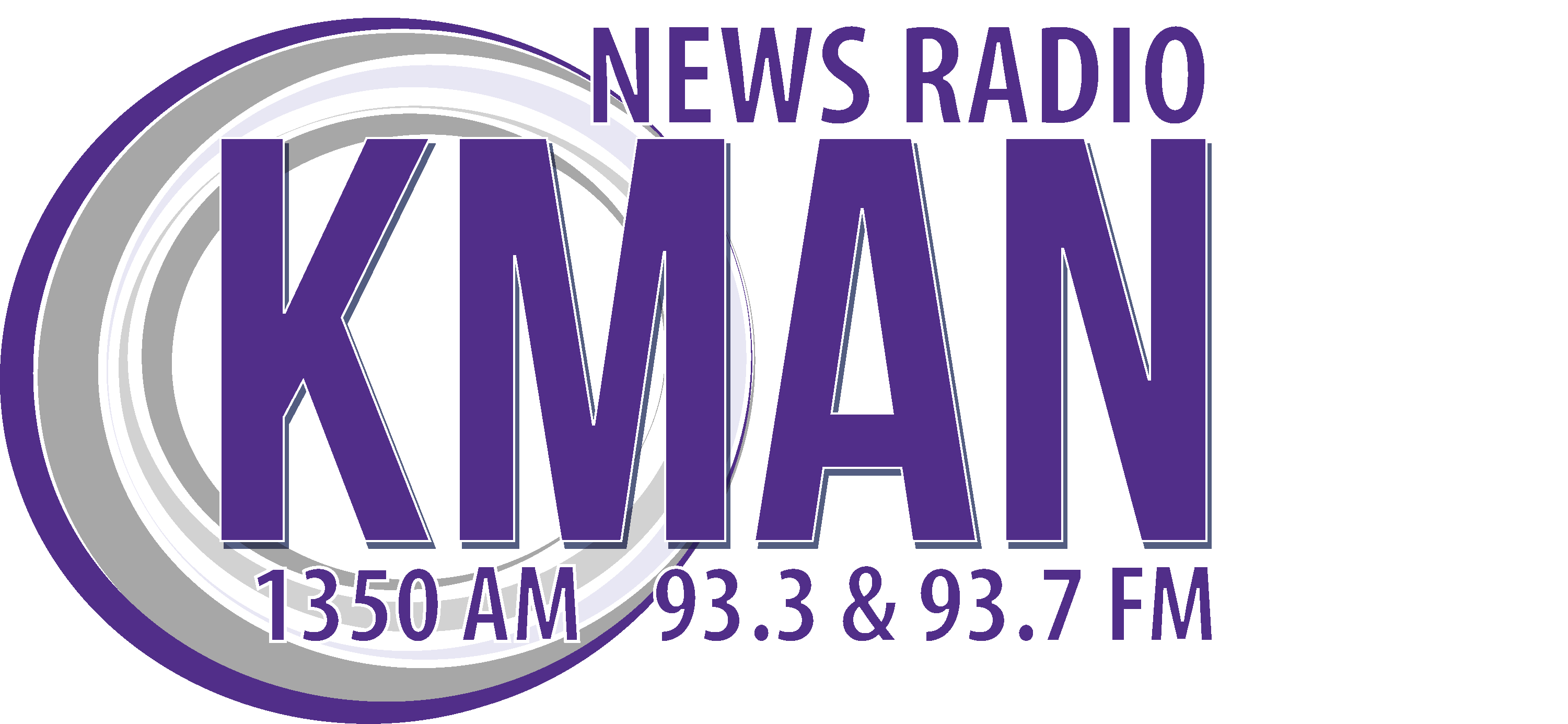Information courtesy K-State Research & Extension’s Agriculture Today

MANHATTAN, Kan. – If you’ve stared one cow in the face, you’ve seen them all … right?
New technology being developed at Kansas State University is likely to debunk that thought, capitalizing on the power of artificial intelligence to build a database of facial recognition technology for the cattle industry.
In other words, just like humans, each cow in the herd has a set of unique facial features that modern technology can scan and later use to track the animal throughout its life.
“We’re talking about a system here that has an incremental cost that is close to zero, and nobody would be (forced) to use it,” said KC Olson, a beef cattle scientist with K-State Research and Extension who has helped to develop the idea. “But there would be economic incentives provided by the beef industry to participate.”
Human facial recognition is becoming more common in secure locations, such as airports. And, humans can log into their computers or smartphones simply by looking at a screen.
“The technology is based on the geometry of the human face,” Olson said. “It uses a bunch of intricate biometric measurements to put a permanent identification on a human being so that later on, when that person needs to get on a flight or something similar, the technology will identify who they are. For humans, that technology is capable of nearly 100% accuracy.”
“Our thinking is, ‘why can’t we have something like that for beef cattle, which could then be used to create a national animal disease traceability system?’” Olson said. “The need for such a system has never been greater. We need this extra layer of protection for our industry against a foreign animal disease or … possible malfeasance by somebody who’s an enemy of this nation.”
Olson and a group of K-State experts in computer engineering, veterinary medicine and animal science began discussing the idea late in 2019. While much of the world slowed down during the COVID-19 pandemic, they were busier than ever putting together the intricacies of facial recognition for cattle.
“Initially, we made short videos of 1,000 feeder cattle that were restrained in a chute, taking a panoramic view of each calf’s head,” Olson said.
From the videos, computer engineers parsed individual images of each cow’s head and uploaded it to a neural network – a form of artificial intelligence that is self-learning. Once the pictures are loaded, Olson said, the system “teaches itself which of the biometric measurements are critical.”
Recently, the K-State team tested the reliability of the network, feeding images of cattle already in the system, and some that had not yet been entered. Olson said the technology was accurate 94% of the time.
“Given the fact that this was a really small data set, there are some risks,” he said. “You can actually over-train a neural network so that it gets really good with the database that was used to create it, but it’s a little helpless when you give it new material.
“The major limitation right now is the size of the database. The bigger it becomes – in other words, the smarter the neural network is – the higher the accuracy becomes. Achieving buy-in from the beef industry is absolutely essential to make this as robust as possible.”
K-State is working with Kansas City-based company Black Hereford Holdings to build a smartphone app called Cattletracs, which will allow producers to submit pictures of their cattle. The app is due to be released soon, though its full capability is not likely to be in place for several months, Olson said.
“For producers who don’t want anything to do with a national disease traceability system, that’s fine. Nobody is compelled to participate,” Olson said. “An animal could be read into the database anytime, such as at the first point of sale after leaving its ranch of origin or anytime after that.
“We do know that there can be economic incentives for animals with desired traits, and this system could help with that. But we would potentially get a lot more, including that all-critical element of biosecurity for our industry. The thinking is that this will eventually be applicable to most mammalian livestock species, including hogs and dairy cattle.”

